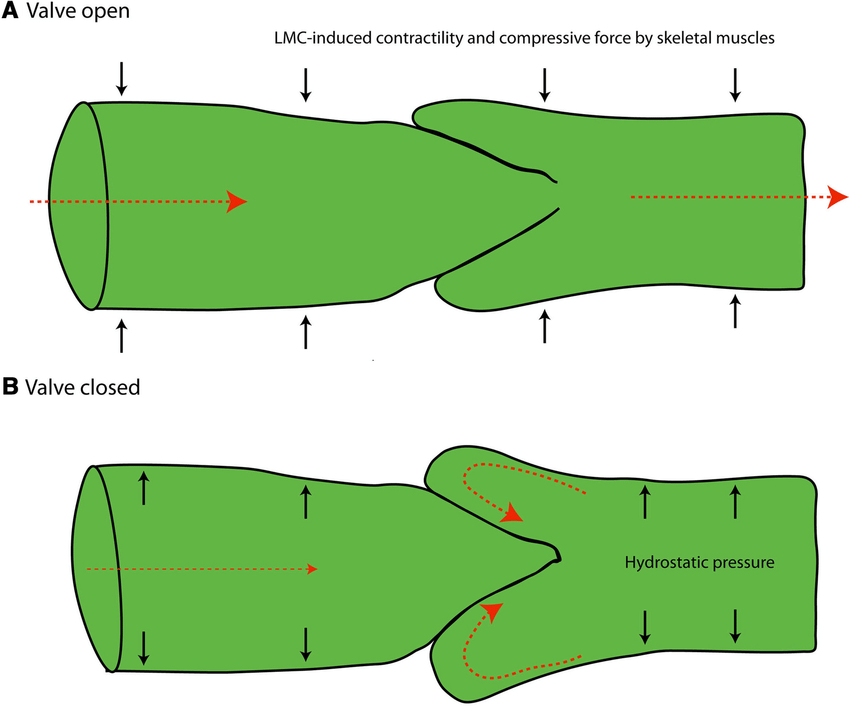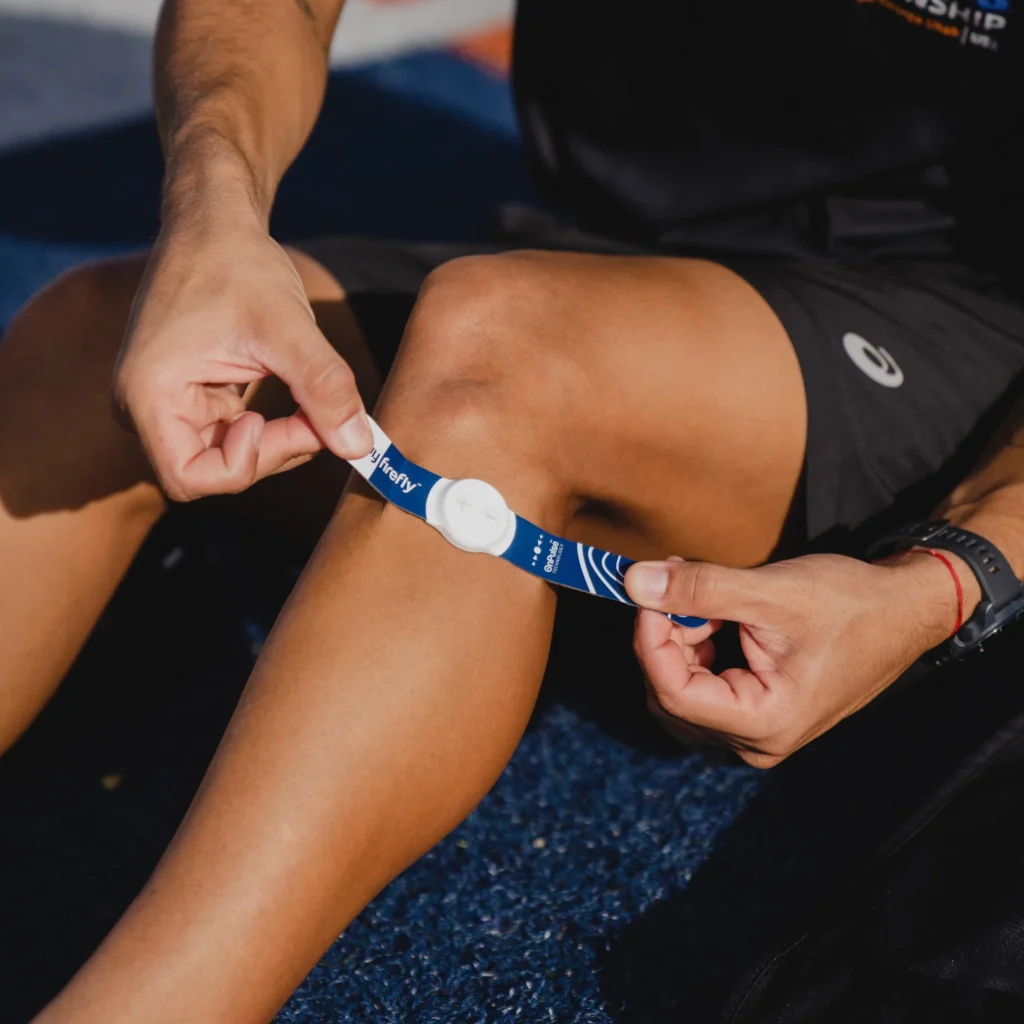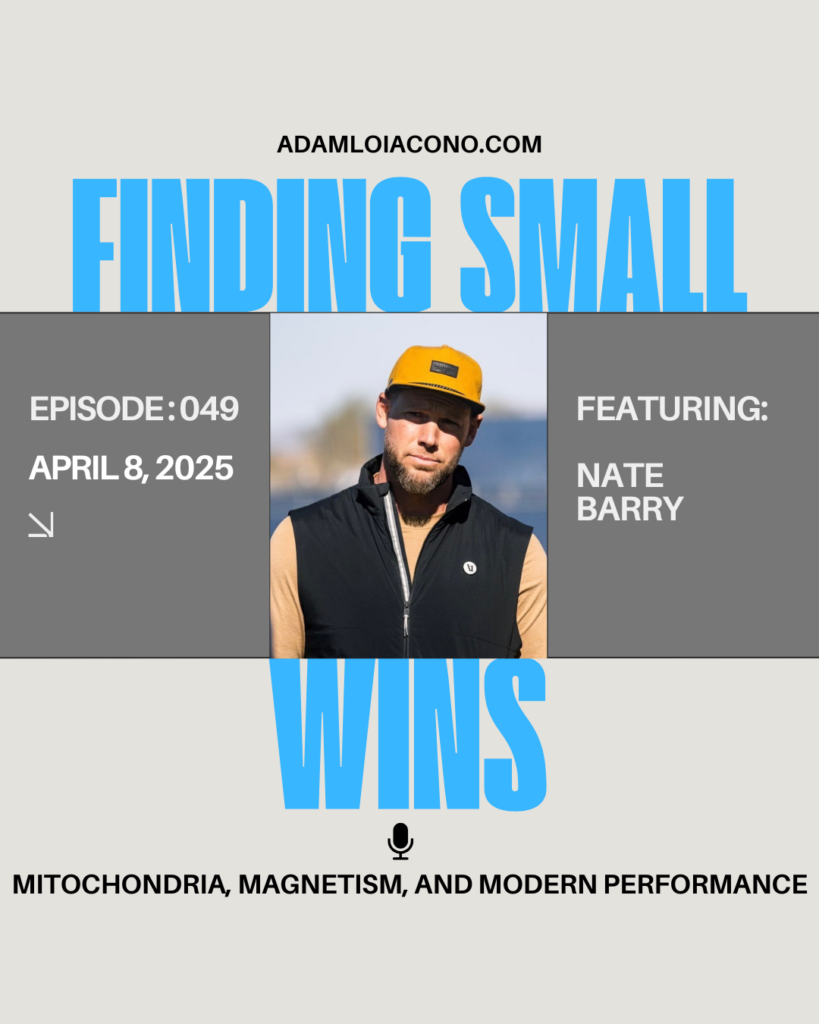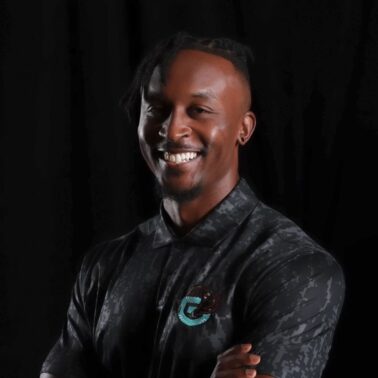“From hospital beds to sideline recovery, the underlying principle stays the same: movement matters. Whether it’s through walking, hydrostatic pressure, or NMES, any strategy that facilitates muscle-driven fluid movement supports faster recovery and better outcomes.”
Anthony Kjenstad
What You will learn
- Recovery is all about circulation—and muscle activation is one of the best ways to get there.
- NMES is more than rehab—it’s a tool for travel, post-op, priming, and more.
- Swelling isn’t the problem—stagnation is. Keep fluid moving, and healing can happen.
- The Firefly works by stimulating nerves, not muscles—and that changes everything.
- Innovation often starts in medicine—but its greatest impact might be in performance.
Listen here – Finding Small Wins Podcast:
Anthony Kjenstad – Rethinking Recovery, Stiffness, and Circulation
Most people think recovery is about ice packs, boots, or supplements. But what if one of the most powerful recovery tools is something that travels in your backpack and quietly stimulates your nervous system while you sleep?
In this episode of Finding Small Wins, I sit down with Anthony Kjenstad, the founder of Firefly Recovery, to talk about how a medical innovation meant for blood clot prevention became a go-to tool in pro sports training rooms. We break down the why behind muscle stimulation, what most people misunderstand about swelling, and why circulation may be the real unlock to faster recovery—no matter your level of play.
About Anthony
Anthony Kjenstad is a medical device expert and VP of Firefly Recovery, a company rooted in hospital-grade technology but widely embraced by sports teams across the NFL, NBA, MLB, WNBA, and NCAA. Originally brought into orthopedics to help with blood clot prevention post-surgery, Firefly has evolved into a performance recovery tool used by over 1,000 programs nationwide. Anthony brings deep insight into the science and application of NMES and how it fits into real-world recovery.
Recovery is About Circulation
When we talk about “recovery,” it’s easy to get caught up in tools and trends—ice baths, red light, cryo chambers—but the fundamental physiology behind recovery comes down to one thing: circulation. After stress (whether from surgery, injury, or performance), tissues need nutrients and oxygen to repair and rebuild. These elements are delivered via blood flow. Conversely, waste products and inflammatory byproducts need to be cleared out—again, through circulation.
In this episode, we unpack how neuromuscular electrical stimulation (NMES), specifically through nerve-based activation like Firefly, promotes blood flow far more effectively than many traditional methods. Anthony shared data from peer-reviewed studies showing increases in microcirculation with Firefly compared to standard compression boots.
Rather than relying solely on passive modalities or static rest, athletes and clinicians can now actively facilitate recovery through targeted, wearable, portable activation of the peripheral nervous system. This is a performance upgrade grounded in basic physiology.

NMES Is More Than Just Rehab
For most people, NMES lives in the rehab room: post-op quad stim, electrical stim for pain, or part of a physical therapy protocol. But Anthony and I explored a much wider lens—what if NMES is actually a foundational pillar of proactive recovery, not just reactive rehab?
The reality is: athletes spend more time traveling, sleeping, and sitting than they do training. So what happens when recovery tools aren’t available during those crucial “other 22 hours”? That’s where wearable NMES like Firefly shines. Whether on a team flight, in a hotel room, or overnight after surgery, Firefly allows recovery to happen when it usually doesn’t.
In my own practice, I’ve used it not just to manage post-op swelling but also to facilitate active recovery on travel days, prep the body before a game (priming), and support the body during long-haul flights or off-hours. It’s a tool that meets athletes where they are—and where the performance window often gets overlooked.

Swelling Isn’t Bad—Stagnation Is
here’s a long-standing misconception in sports and rehab that “swelling is bad.” But swelling—aka fluid accumulation—is part of the body’s natural inflammatory response to stress or injury. The problem arises when that fluid becomes stagnant.
We break this down in detail during the episode: the lymphatic system is a one-way highway, moving fluid from distal (toes/fingers) toward the central circulation. But it’s a passive system—it doesn’t have its own pump like the heart. Instead, movement and muscle contractions are what move fluid through the lymphatic vessels. That’s why athletes feel better after walking, pool recovery, or light cycling—they’re not pushing lactic acid out (a myth), they’re simply helping the lymphatic system do its job.
Firefly mimics this natural muscle pumping effect, even when movement isn’t possible. Whether an athlete is immobilized after surgery, or simply trying to limit stress after a game, stimulating nerve-driven muscle activation keeps the system flowing. And as we discuss, that small difference—fluid that moves vs fluid that sits—can be the difference between waking up stiff and painful or mobile and recovered.
From DVT Prevention to Athletic Performance
Many innovations in sports science originate from medicine—and Firefly is no exception. Originally designed as an alternative to pneumatic compression in post-surgical patients at risk for DVTs (deep vein thromboses), Firefly’s early use cases were in ambulatory surgical centers, where patients needed portable tools to maintain circulation.
But as physical therapists and athletic trainers got their hands on it, a new application emerged: what if the same benefits of improved venous return could help athletes too? That “off-label” use case is now the standard. From elite locker rooms to college weight rooms to even high schools, Firefly is showing how a simple, science-backed device can bridge the gap between rehab and high performance.
And that’s the kind of innovation I love spotlighting on Finding Small Wins: not just new tools, but tools that scale from the hospital to the field, and from injury to optimization.
Connect with Anthony
FireFly Recovery: full website here
LinkedIn: Anthony Kjenstad
Episode timeline
00:00 – Intro and Firefly on Shark Tank
05:00 – Firefly’s origin in orthopedic medicine
10:30 – NMES vs. pneumatic compression explained
15:00 – How circulation impacts recovery
20:00 – Practical use cases for Firefly
26:00 – Why NMES helps overnight swelling
30:00 – Emerging uses in upper extremity and pro sports
35:00 – Firefly’s growth in pro and collegiate sports
38:00 – Final thoughts and where to learn more
Subscribe & Learn More
Enjoyed this episode? Subscribe to Finding Small Wins today and never miss a conversation on performance, rehab, and health optimization.
more insights on Recovery
Discover how electromagnetism, light therapy, and lifestyle can be integrated to optimize your recovery and improve performance.
Want to Learn More?
Subscribe today to Adam’s YouTube channel to get the latest on rehab, training, sports science, and so much more!





